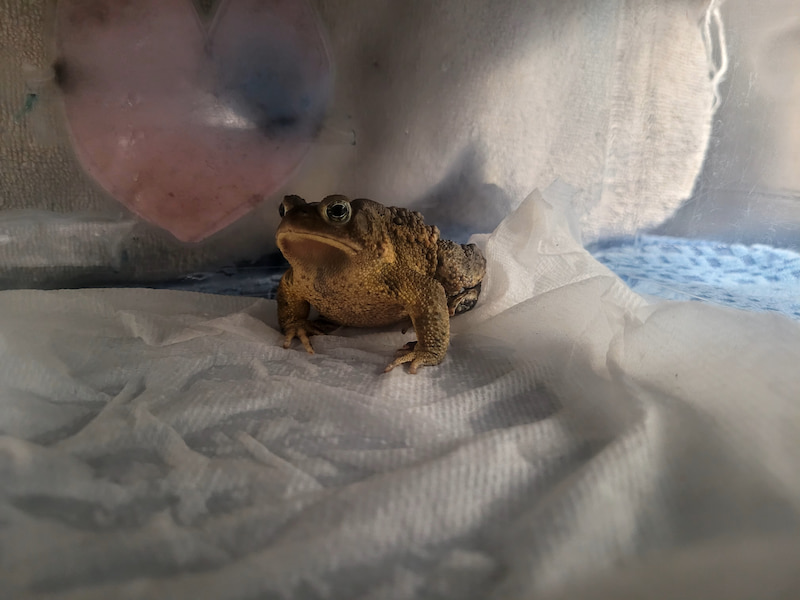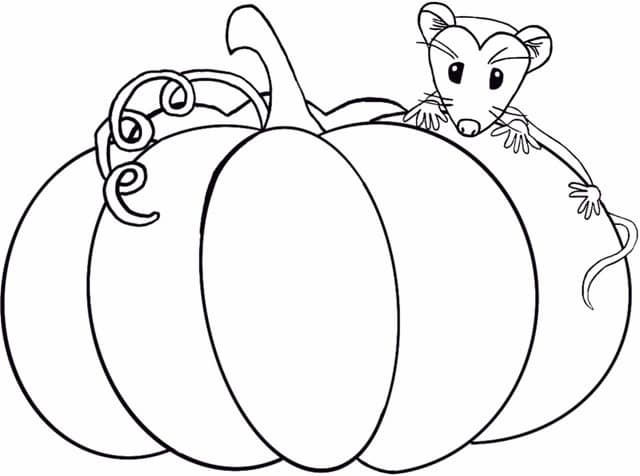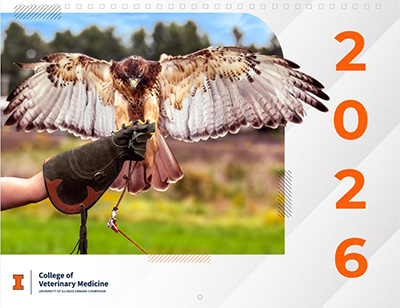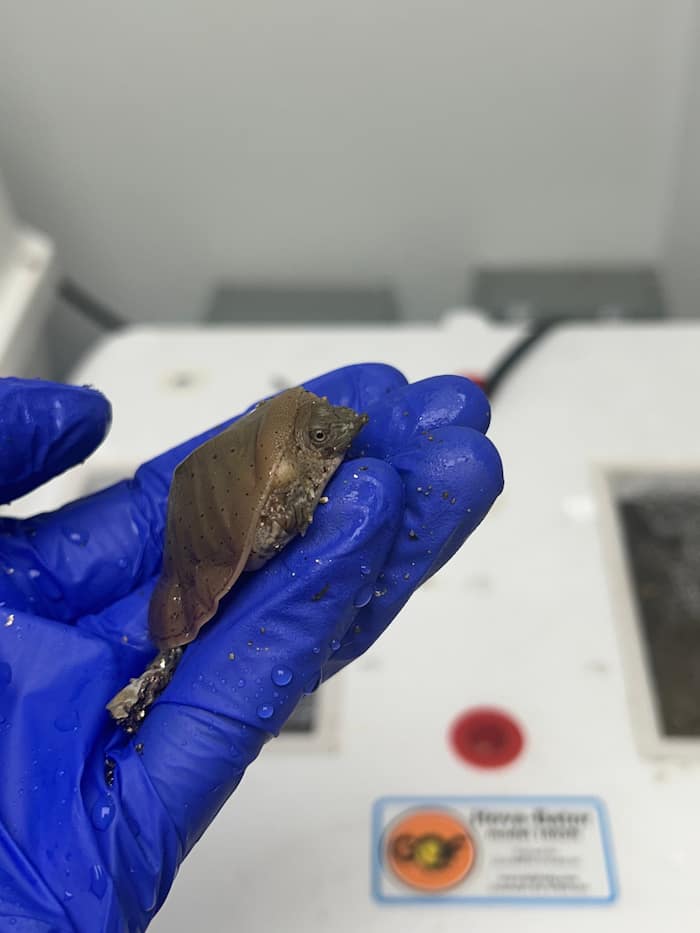Experiences in the Wildlife Medical Clinic
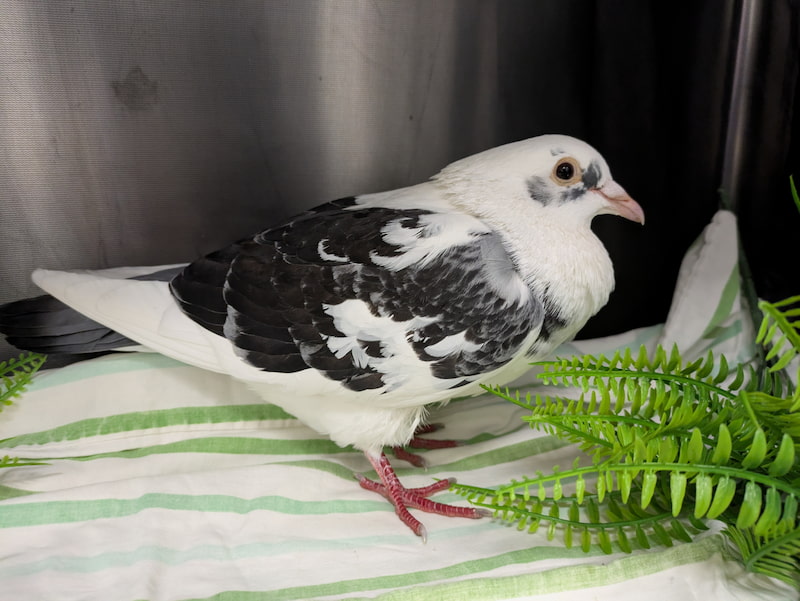
The smallest patient I’ve ever worked with at the Wildlife Medical Clinic was a 28g Swainson’s thrush and I got to intubate. The largest patient I’ve ever worked with was a 4 kg red fox. Both patients presented different challenges, anatomy, and equipment required for care. Throughout my time at the wildlife clinic, I’ve learned how to work with different species and care for them. This year I got to experience my first amphibian patient, intubate a pigeon, and release many patients back to the wild! All the experience I’ve gained from my three years at the WMC can be applied to the veterinary oath I will soon take.
Lessoned Learned Volunteering in the Clinic
No one likes to see animals suffer. People often see a sick animal, whether wild or domestic, and feel an urge to help. The Wildlife Medical Clinic provides a place for those sick animals to be brought and cared for. Proper husbandry is an important part of patient care not commonly emphasized in domestic species. For example, birds need perches and certain birds such as loons need hammocks to present keel adhesions. Even within the category of birds, a wide variety of diets and lifestyles need to be accommodated. Throughout my time at the wildlife clinic, I’ve been able to learn about so many different species and can provide welfare for them in that way.
Euthanasia is a big topic in wildlife medicine. When an animal cannot be successfully released to the wild the typical course of treatment is euthanasia or transfer to a permanent captive home. Euthanasia is probably one of the skills I’ve gained the most experience with at the WMC. These experiences have taught me better judgment and respect and appreciation for the euthanasia process. Many of the patients we see brought in injured are from human-caused incidents such as glue traps and patients hit by cars. Euthanasia although not the most enjoyable subject, relieves these animals of further suffering.
Tularemia, Distemper, and now HPAI are just a few of the diseases I’ve learned about at the WMC. Recognizing these infectious diseases has been an important part of my training at WMC. As veterinarians, we have a duty to the public to prevent the transmission of zoonotic diseases and not only protect our animals but people as well.
Wildlife Medicine often uses comparative research and drug dosages between species. Whenever presented with a new case much research was needed to be done with a lot of recent research being used. Throughout my time we have tried novel techniques such as acupuncture for a neuropathy on a turtle forelimb. Wildlife has taught me that research is never-ending and there’s always something new to learn.
Thankful for time spent and lessons learned in the Wildlife Medical Clinic
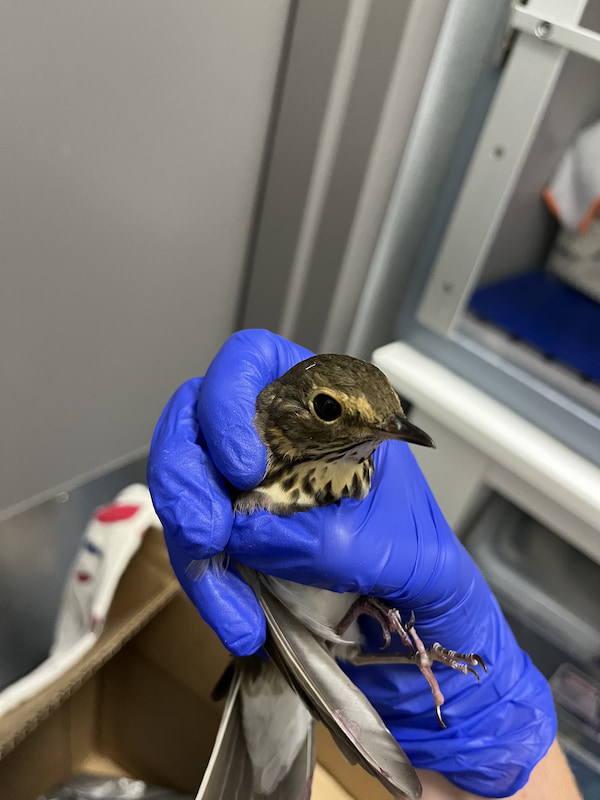
As I go to clinics I reflect about my time at the WMC and am grateful for all the patients, people, and memories. The past 3 years I have gained tremendous experience I don’t see gaining anywhere else in my career. I encourage all students to participate in the WMC as it is time well spent for both the patients and yourself. It has been an extremely worthwhile experience.
Written By: Emma Suvacarov, Class of 2026

